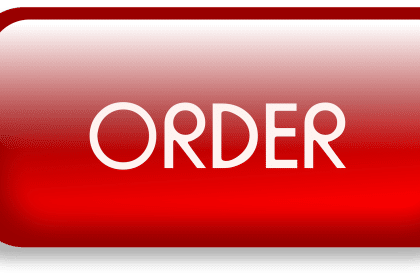In today’s highly competitive digital landscape, Conversion Rate Optimization (CRO) can help businesses stand out and increase their profitability. In this article, we will explore the importance of CRO, strategies for implementation, measuring and analyzing results, challenges to avoid, and the overall impact on business success.

Understanding Conversion Rate Optimization
Before delving into CRO strategies, it is important to understand what a conversion is. A conversion is the completion of a desired action by a visitor on your website or digital platform, such as making a purchase, filling out a form, or signing up for a newsletter. The conversion rate is the percentage of visitors who complete the desired action. The goal of CRO is to improve the conversion rate by identifying and addressing any barriers that may prevent visitors from completing the desired action.
Factors that influence conversion rates include website design, copy and content, user experience, social proof, trust signals, and urgency and scarcity. For example, a website with a cluttered and confusing design may deter visitors from making a purchase, while a website with clear and concise messaging and an easy-to-navigate layout can increase conversions.
Strategies for Conversion Rate Optimization
There are several effective strategies for CRO, including:
Conducting A/B testing and multivariate testing: Testing different variations of a webpage can help identify which design and messaging elements lead to higher conversions.
Improving website design and user experience: This can include optimizing load times, simplifying navigation, and improving the overall aesthetic of the website.
Optimizing website copy and content: Ensuring that the messaging is clear, concise, and relevant to the target audience can lead to higher conversions.
Utilizing social proof and trust signals: Displaying customer reviews, ratings, and testimonials can increase trust and confidence in the brand.
Implementing a sense of urgency and scarcity: Communicating limited availability, time-sensitive deals, and other scarcity-based messaging can create a sense of urgency that encourages visitors to take action.
Leveraging retargeting and email marketing: Following up with visitors who have shown interest in the brand can increase the likelihood of conversion.
Measuring and Analyzing Results
Measuring and analyzing the effectiveness of CRO strategies is critical for ongoing success. Setting up conversion tracking and using analytics tools can help identify areas for improvement and track progress over time. Key performance indicators (KPIs) and metrics, such as conversion rate, bounce rate, and average order value, can help inform data-driven decisions and optimize CRO strategies.
Conversion Rate Optimization Success Stories
There are many companies that have successfully implemented conversion rate optimization strategies to increase their online sales and revenue. Here are a few examples:
Dropbox, a file hosting service, was able to increase their sign-up conversion rate by 60% by making small changes to their landing page. They tested different variations of their landing page and found that changing the call-to-action (CTA) button from “Sign up for free” to “Get started for free” led to the highest conversion rate.
Airbnb, a home-sharing platform, used A/B testing to optimize their website and mobile app. By testing different versions of their landing page, they were able to increase their conversion rate by 30%. They also used personalization to show different listings based on the user’s search history, which resulted in a 10% increase in bookings.
Amazon, the world’s largest online retailer, is known for its advanced CRO techniques. They use a combination of A/B testing, personalization, and recommendation engines to optimize their website and increase sales. For example, they use product recommendations based on the user’s browsing and purchase history to increase the chances of a sale.
These companies show that CRO can be a powerful tool for increasing online sales and revenue. By testing and optimizing different aspects of their website, they were able to improve their user experience and increase their conversion rates.
Challenges and Pitfalls to Avoid
While CRO can be highly effective, there are several challenges and pitfalls to avoid. Common mistakes include implementing misleading or unethical practices, such as using false scarcity messaging or deceiving visitors with hidden fees. Ensuring ethical and legal compliance in CRO is essential for building trust and maintaining a positive reputation with customers.
Conversion Rate Optimization is a powerful tool for businesses looking to increase profitability and stand out in a crowded digital landscape. By understanding the importance of setting conversion goals, addressing barriers to conversion, implementing effective strategies, measuring and analyzing results, and avoiding common pitfalls, businesses can achieve ongoing success through CRO.



